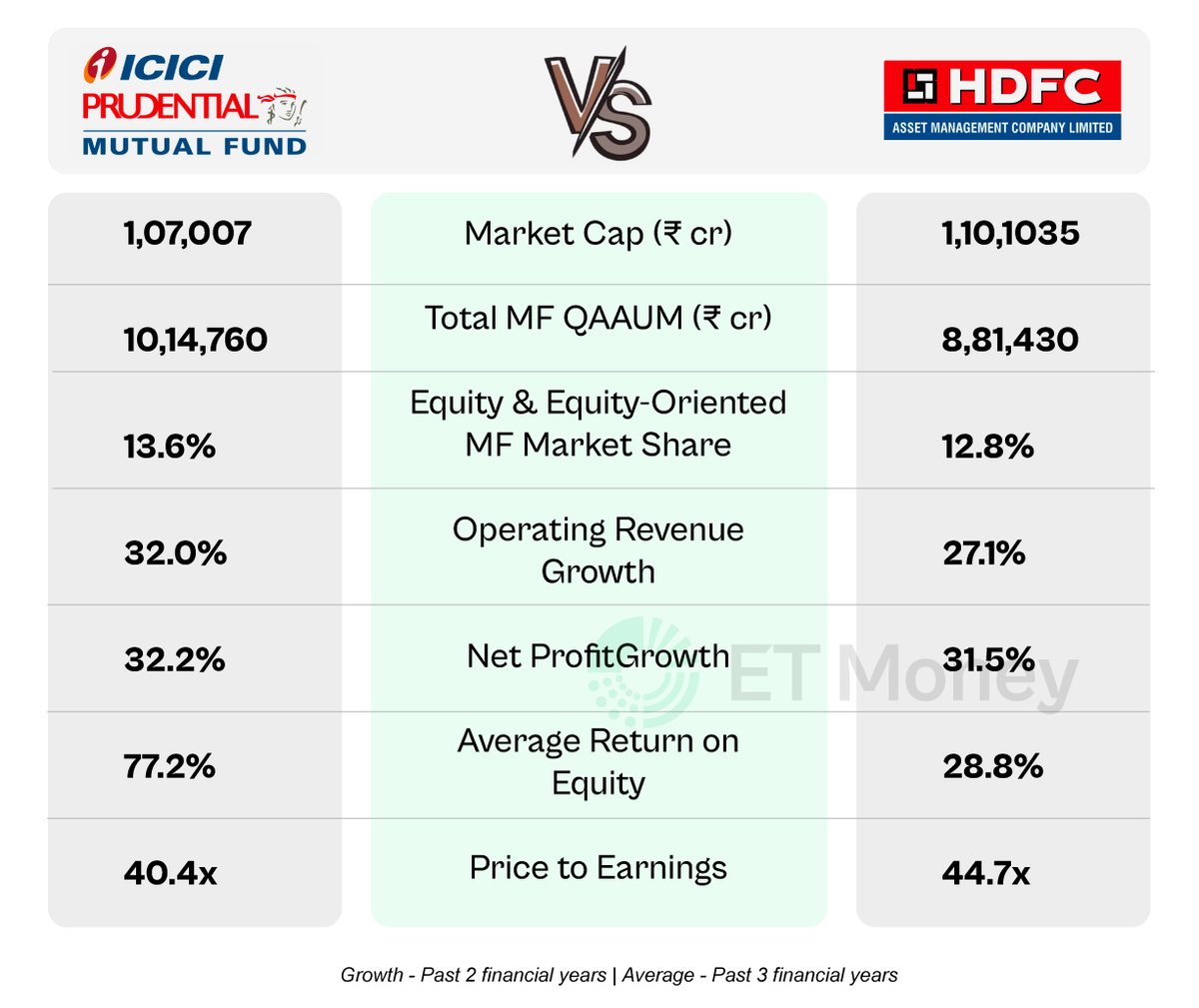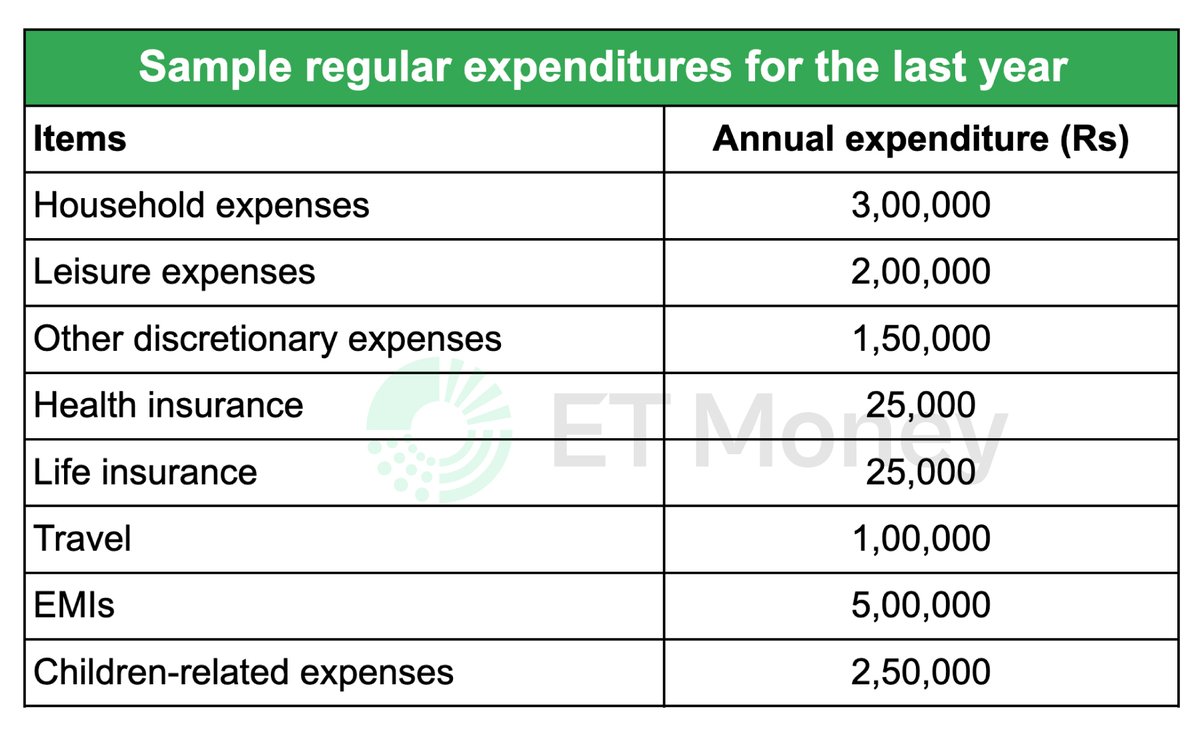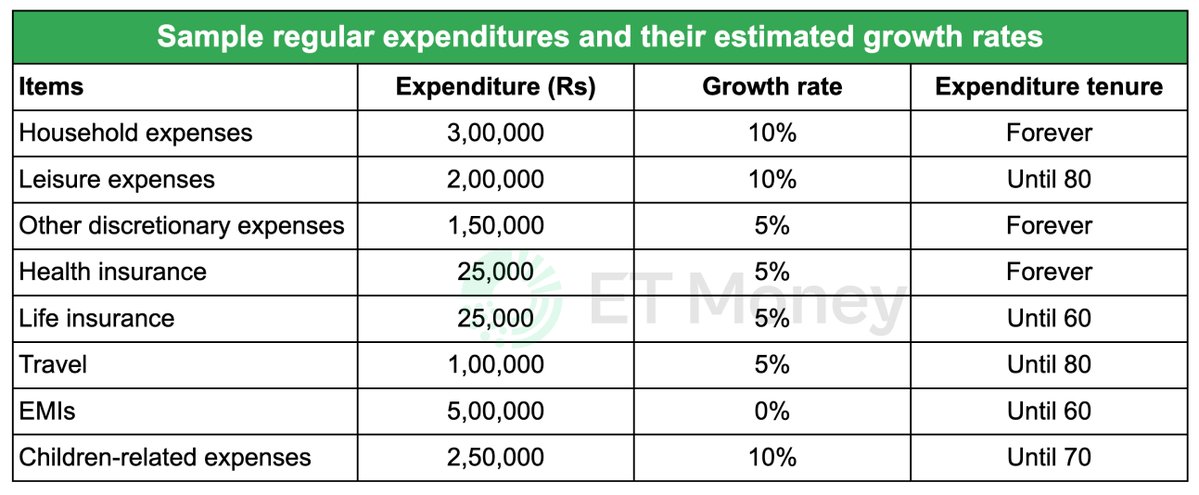The latest Sovereign Gold Bond (SGB) issue is here.
1 gram (or 1 unit) of SGB = Rs 5,409.
But you can buy previous SGBs for about Rs 300-350 cheaper on stock exchanges. (Check image)
Which one should you pick?
A thread 🧵
1 gram (or 1 unit) of SGB = Rs 5,409.
But you can buy previous SGBs for about Rs 300-350 cheaper on stock exchanges. (Check image)
Which one should you pick?
A thread 🧵

First, some essential details about SGBs.
New SGBs are sold through banks.
You can buy one unit, which is equal to one gram of gold (999 purity).
After the issue is over, they are listed on stock exchanges.
This gives investors an exit option before maturity.
New SGBs are sold through banks.
You can buy one unit, which is equal to one gram of gold (999 purity).
After the issue is over, they are listed on stock exchanges.
This gives investors an exit option before maturity.
SGBs mature in 8 years. But they have a 5-year lock-in.
What does this mean? ⬇️
It means you can withdraw after 5 years.
You get the market price of gold on redemption.
Plus, you earn an interest of 2.5% every year on the issue price.
What does this mean? ⬇️
It means you can withdraw after 5 years.
You get the market price of gold on redemption.
Plus, you earn an interest of 2.5% every year on the issue price.
How does the RBI decide the price of new SGB issues?
They are based on prevailing gold prices.
There’s a discount if you buy SGBs online.
The current price is Rs 5,409 per gram.
If you buy online, it’s Rs 5,359 per gram.
They are based on prevailing gold prices.
There’s a discount if you buy SGBs online.
The current price is Rs 5,409 per gram.
If you buy online, it’s Rs 5,359 per gram.
Let’s now talk about the new issue vs buying on stock exchanges.
You can easily avail the new SGB issue via net banking. But you need to have an active Demat account.
On the other hand, buying SGBs on stock exchanges can be tricky.
Why?
Let’s find out. ⬇️
You can easily avail the new SGB issue via net banking. But you need to have an active Demat account.
On the other hand, buying SGBs on stock exchanges can be tricky.
Why?
Let’s find out. ⬇️
The government issued the first SGB in 2015.
So, there are many tranches of SGBs listed on exchanges.
But you can’t buy any tranche you like.
After all, there have to be sellers for old SGBs.
We checked issues that have the highest and lowest number of sellers. See table ⬇️
So, there are many tranches of SGBs listed on exchanges.
But you can’t buy any tranche you like.
After all, there have to be sellers for old SGBs.
We checked issues that have the highest and lowest number of sellers. See table ⬇️

Two things to keep in mind before buying SGBs on exchanges.
1. Old SGBs do trade at a discount to the current issue.
2. Check the liquidity or trading volumes before buying.
You can check it on the following link.
nseindia.com/market-data/so…
1. Old SGBs do trade at a discount to the current issue.
2. Check the liquidity or trading volumes before buying.
You can check it on the following link.
nseindia.com/market-data/so…
It’s best to either quote the seller’s asking price or the last traded price.
Else, your transaction may or may not go through.
After all, a seller should agree to your price.
Else, your transaction may or may not go through.
After all, a seller should agree to your price.
One more important thing.
The 2.5% interest is based on the issue price of each SGB.
If you pay more for an old SGB than its issue price, you will lose out on some interest.
Let’s look at an example.👇
The 2.5% interest is based on the issue price of each SGB.
If you pay more for an old SGB than its issue price, you will lose out on some interest.
Let’s look at an example.👇
Say, the issue price of an old SGB was Rs 4,500.
You buy it at Rs 5,000 on an exchange.
The 2.5% interest will be on Rs 4,500, which is equal to Rs 112.5.
The interest paid to you will still be Rs 112.5.
But that amount comes to 2.25% of Rs 5,000. Check table ⬇️
You buy it at Rs 5,000 on an exchange.
The 2.5% interest will be on Rs 4,500, which is equal to Rs 112.5.
The interest paid to you will still be Rs 112.5.
But that amount comes to 2.25% of Rs 5,000. Check table ⬇️

Is it important to consider interest rate loss when buying SGBs?
That’s up to you to decide.
They could be important if you plan to hold SGBs until maturity or buy in large quantities.
If you want to trade or buy small quantities, interest may not be important for you.
That’s up to you to decide.
They could be important if you plan to hold SGBs until maturity or buy in large quantities.
If you want to trade or buy small quantities, interest may not be important for you.
One thing you must remember if you plan to buy #SGB for trading:
There could be liquidity issues when you offload it on exchange.
You may need to sell at a discount due to lack of liquidity.
There could be liquidity issues when you offload it on exchange.
You may need to sell at a discount due to lack of liquidity.
We put a lot of effort into creating such informative threads.
So, if you find this useful, show some love❤️
Please like, share, and retweet the first tweet 😇
For more threads, follow us.
Also, click on the bell icon in the profile section, so you don't miss any threads.
So, if you find this useful, show some love❤️
Please like, share, and retweet the first tweet 😇
For more threads, follow us.
Also, click on the bell icon in the profile section, so you don't miss any threads.
• • •
Missing some Tweet in this thread? You can try to
force a refresh









